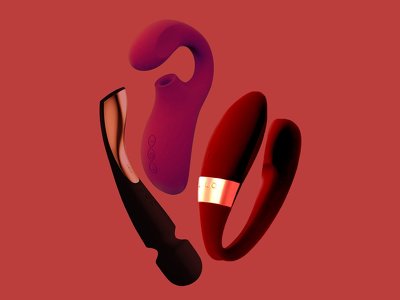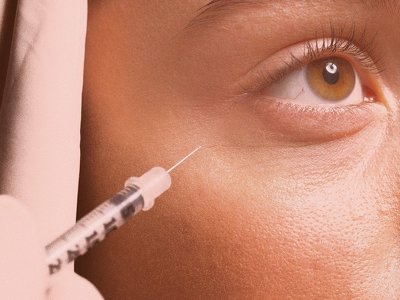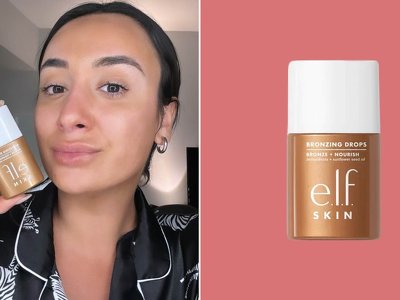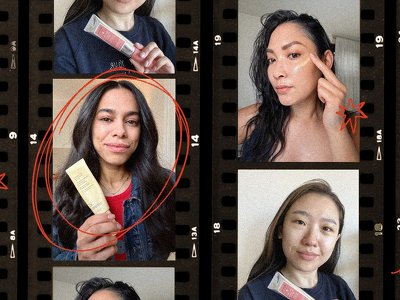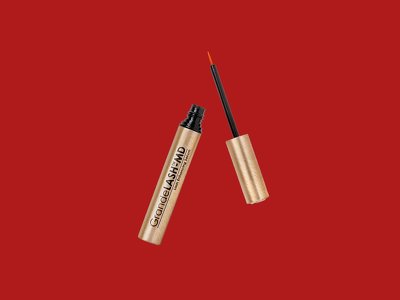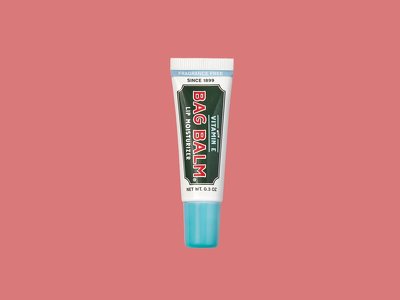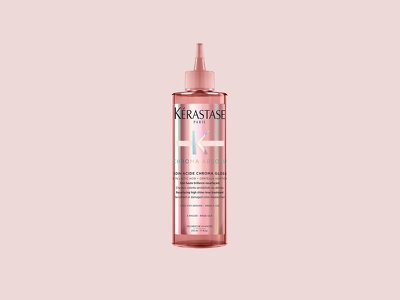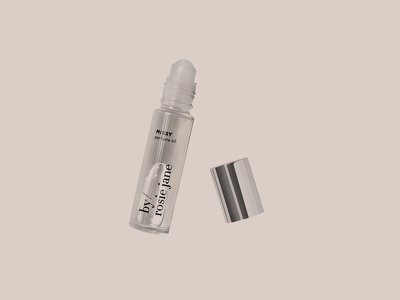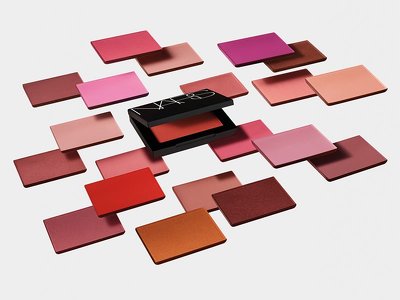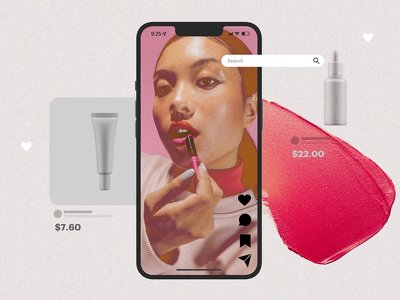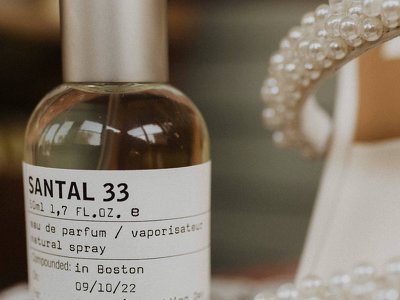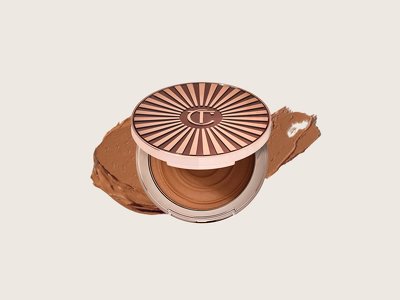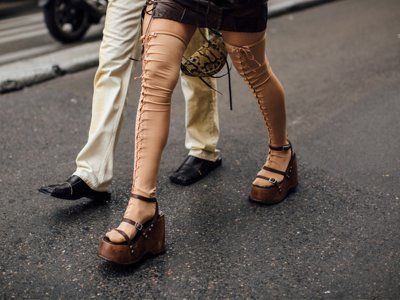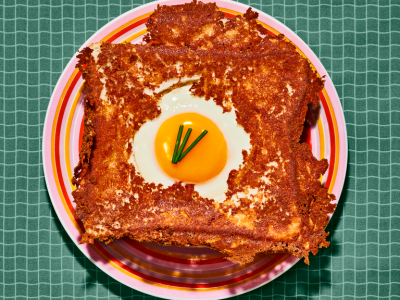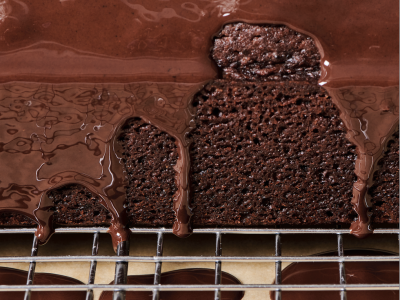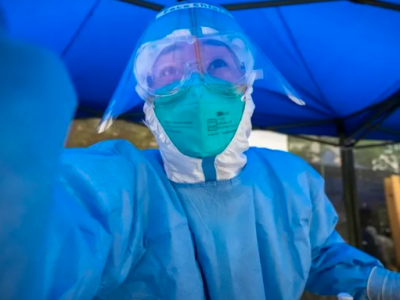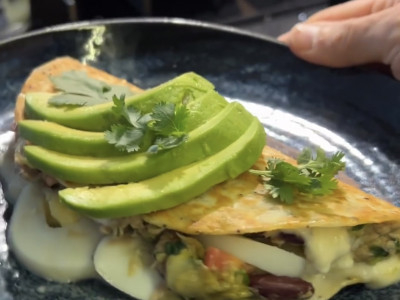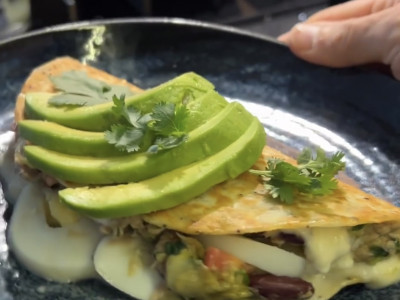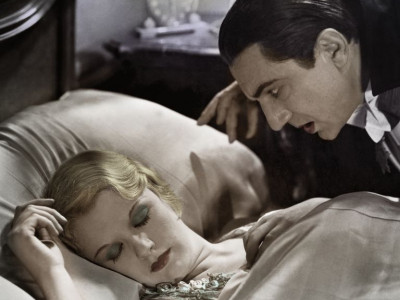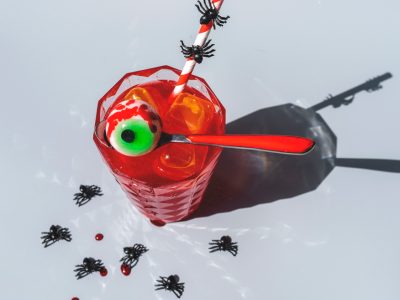I Got Laser Tattoo Removal Treatments to Erase a Memory of My Ex

All products featured on Allure are independently selected by our editors. However, we may receive compensation from retailers and/or from purchases of products through these links.
I got my first tattoo in Puerto Vallarta, Mexico. It was a tribal rose—a classic ’90s design—and an act of rebellion for 17-year-old me, who was away from home without parental supervision for the first time. Not knowing how to budget properly, I spent almost everything in my wallet on the tattoo (about $50), and survived two days of the trip on Snickers and orange soda. By age 18, I had three more tattoos: a cherry on my left thigh, a pink leopard-print star on my wrist, and a butterfly on my rib cage (an ode to both of my butterfly-loving icons, my mom and Mariah Carey). By the time I was 25, I had two tattoos related to ex-boyfriends. I’d commissioned a design from one of the exes, who was an artist: a robot holding tulips on the inside of my right wrist, a classic 2000s, Myspace-era choice.
I never really thought about getting any of my tattoos removed, even though I did think a lot of them were a little dumb. I had gotten them just to get them. Collecting tattoos felt like the perfect amount of rebellion without resorting to reckless pursuits. But when the opportunity to have a tattoo removed (for free through a dermatologist I often work with) arose nearly 20 years later, it was an easy decision.
I’m still not particularly precious about most of those (impulsive) tattoos from my youth, especially the one of the robot (sorry to that man!); I was, however, nervous about how much the removal process would hurt. I had always heard that getting rid of a tattoo via laser was extremely painful.
I took this photo shortly after I had a robot tattooed on my wrist.
“Laser tattoo removal has become increasingly common over the past decade,” says Rachel Westbay, MD, a board-certified dermatologist at Marmur Medical in NYC. She suspects interest in the treatment might be driven by a change in attitudes toward tattoos. “Studies show that approximately 30 to 40% of adults in the US have at least one tattoo,” Dr. Westbay says, and more tattoos mean more people might be second-guessing ink-related decisions. According to a survey conducted by the Pew Research Center, 24% of Americans regret one or more of their tattoos.
Innovations in laser technology might also be contributing to increased interest in the treatment, says Dr. Westbay: “The development of Pico lasers and other modern technologies has made tattoo removal more effective and less painful, encouraging more people to seek treatment,” she explains, adding that “multicolored tattoos and ink on darker skin, which were previously harder to treat, are now more manageable.”
This year, on a January episode of The Tonight Show, Pete Davidson shared that most of his 200 tattoos were “almost gone” after he had started “burning them off” in 2020. When host Jimmy Fallon asked if the removal process was painful, the comedian candidly described it as “horrible.” Given the number of Davidson’s tattoos, it’s not surprising that it wasn’t an easy experience for him; but removing a one-inch robot on me couldn’t be that bad, right? Ahead, I detail my experience.
Meet the experts:
When I decided it was time to take advantage of the offer for the Great Ex-Boyfriend Tattoo Erasure, I reached out to Ava Shamban, MD, a board-certified dermatologist in Los Angeles (whom I trust with all my injectables and who offered me the treatment), for a consultation via email. I sent a couple of well-lit photos of my robot, asked what kind of laser would be used, and how many sessions it would take to complete. Dr. Shamban pointed out that my particular tattoo featured multiple colors and a fair amount of pigment deposits, both of which had the potential to prolong my treatment time and plan—basically, it’s the slower, the better for minimizing risks of scarring and damage.
“The most effective laser will be Picosecond,” Dr. Shamban wrote in response. She explained that this type of laser uses intense power in ultra-short pulses to create pressure that blasts the pigment from its encapsulation, leaving it ready for white blood cells—described by Dr. Shamban as the skin’s “clean-up committee”—to remove it through the bloodstream.
Picosecond’s varied, ultra-short pulses of directed light make it highly effective for removing a range of unwanted pigment cells without causing injury to adjacent tissue, Dr. Shamban added. Compared with other lasers, it can be “more effective, less painful, and ultimately require a fewer number of treatments, hitting a broader range of colors.”
The words “less painful” perked me up a bit. I was nervous, but this was an opportunity to erase a reminder of my ex from my body. Gratis too. (Thanks again, Dr. Shamban!) Despite the fact that Picosecond requires fewer treatments than other lasers, it could still be a pretty long journey. An in-person consult, of course, would result in a more accurate treatment plan, but Dr. Shamban estimated I’d need about six sessions. “We like to wait six or even eight weeks, depending on the healing between pigments, but we would be able to assess after the first treatment, at about four weeks, to see how much pigment has been removed,” she explained.
But she ended her email consultation with a warning: “You need to be diligent.” It is a significant commitment, and many patients don't follow through.
Several factors determine the price of tattoo removal, including the tattoo size, colors, pigment intensity, and location. The particular provider you choose for laser removal will also impact your quote, as pricing can vary based on the practitioner’s experience and degree, whether they are a physician, physician’s assistant (PA), nurse practitioner, or a registered nurse. If I had to pay for the tattoo removal, it would have cost roughly $3,500 for six sessions—about 50 times more than what I spent on that robot way back when.
My robot tattoo immediately before my first laser appointment.
At the end of my first session, my wrist looked like blue cheese.
Heading into my first tattoo-removal session, I was pretty nervous. I made sure to shower before since I wouldn’t be able to get the area wet for 24 hours after the appointment ended. I arrived at Ava MD, Dr. Shamban’s practice in Beverly Hills, where I met Jennafer Francis, the PA who’d be doing my removal with Dr. Shamban’s treatment plan. After Francis took “before” photos, and I attempted to put myself in a meditative state, she applied a topical numbing cream to my wrist. Next came the most painful part of the experience: the injectable anesthetics. Even after being topically numbed for about 45 minutes, I could still feel the needle penetrating my skin. I was given at least 10 shots into my wrist. Yowza!
When Francis began using the laser, I couldn’t feel a thing (or see a thing, either, since I had to wear goggles for eye protection). It was almost like a sensory-deprivation experience in which all I heard were a bunch of short, repetitive zaps. I didn’t feel any pain, but I felt pressure similar to getting flicks with a rubber band. The whole thing took about two minutes, and when I removed the goggles, I saw that my tattoo looked like blue cheese. It was white and textured, with spots of blue-green where my tattoo had been especially pigmented.
Francis applied Silvadene, a topical antibiotic cream, to my wrist and gave me a syringe of the stuff to apply after I got home. It’s usually used for burns, she told me, but works really well for tattoo removal. “If you have any little blistering or scabbing from the laser, it will reduce the likelihood of getting pigmentation from that,” Francis explained.
She also instructed me to ice my wrist and keep it dry for a day; to apply a bit of Aquaphor to the area twice daily for a week; and to keep it out of the sun for about six weeks. And Francis said to expect that the tattoo would gradually fade over the next weeks and months, something that would happen throughout the entire removal process.
Though my robot was small, it had multiple colors—black, red, and blue—that Francis said would make the overall removal process unpredictable. Tattoo inks are made from different pigments, and each color has a unique molecular structure and composition. This directly affects how the ink particles respond to laser wavelengths during removal. Then there’s the issue of regulation, or the lack thereof.
“Because tattoo ink isn’t regulated, we may start to remove the black and see there’s some green in there, or find out they used a bit of blue,” Francis explained. This is because tattoo artists most often mix colors to achieve the “perfect shade of black,” so the removal process of one color might reveal there are other colors underneath. “The ink does not undergo the FDA's premarket approval process [like skin care or color cosmetics],” she noted. “They typically only get involved if there are safety issues or concerns. Hence, different tattoo artists are doing different things with colors and products.”
Francis told me about a patient who had been unaware that her tattoo was done with cosmetic tattoo ink, which contains particles of iron and carbon, causing it to change color when the laser hits it. If the Pico laser being used has the correct wavelengths, the color can be removed; however, not all of these machines have the necessary wavelength. “So it's not that you can’t remove the green; you can,” Francis said. “It's just unfortunate that it is significantly more common and more difficult when it's on someone’s face, like their eyebrows.” Most likely, greens can turn to brown, or black will turn to blue or gray, which she said most people attribute to the fading of the tattoo.
The day after my first session, my tattoo looked raised and slightly faded.
I forgot to ice the area when I got home, so my wrist was puffy and swollen the next morning. But the tattoo did already loo
- Last
- April, 28
-
- April, 27
-
- April, 26
-
-
- April, 25
-
- April, 22
-
-
-
-
- April, 16
-
-
-
-
-
- April, 15
-
-
-
- April, 13
-
-
News by day
5 of July 2025
